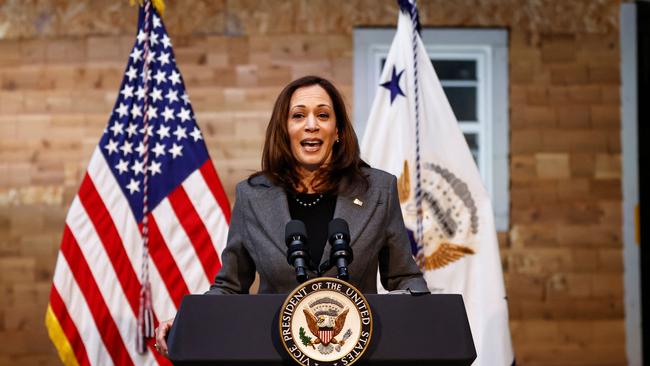
It’s unlikely, but not entirely ridiculous.
Speculation the embattled vice president might be shuffled off to the most powerful court in the land exploded on social media on Wednesday after it emerged veteran Justice Stephen Breyer was planning to retire.
Amid growing doubts Joe Biden will run again in 2024, and Ms Harris’s consistently awful polling, chatter has turned to who has the best chance to succeed Mr Biden as Democrat candidate for president in 2024.
The possibility of a Hillary Clinton comeback is already widely canvassed.
But how to remove the Vice President, a darling of the progressive in the ruling Democrat party, who has the best claim to succeed Biden, without anyone losing face?
“I‘m not going to speak to any considerations,” said White House Press Secretary Jen Psaki on Wednesday, failing to immediately rule out the idea when pressed.

Right wing media has had a field day with the idea but it was CNN, not known for its anti-Democrat bias, that floated the idea in a searing take down of the Vice President’s office in November last year.
“When they‘re depressed, they bat down the Aaron Sorkin-style rumour that Biden might try to replace her by nominating her to a Supreme Court vacancy,” the report said, after talking to White House insiders.
“That chatter has already reached top levels of the Biden orbit, according to one person who‘s heard it”.
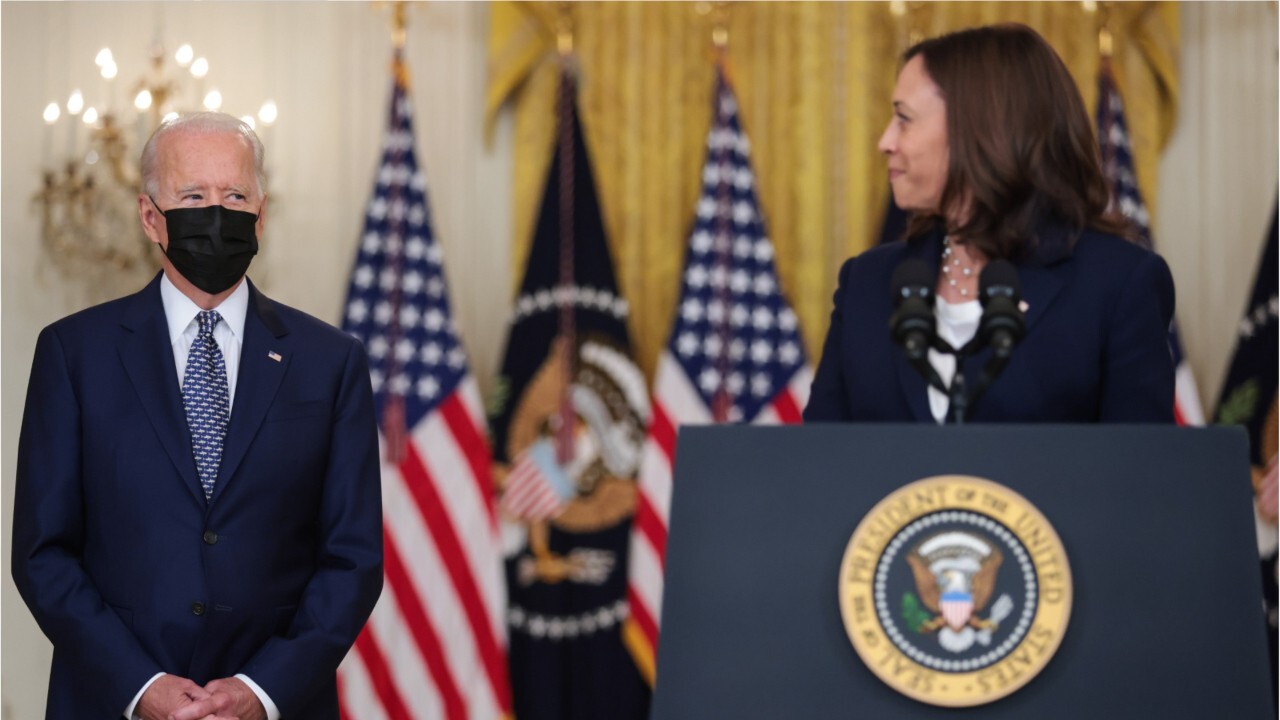
It’s the White House’s push to appoint more minorities to important positions that has fuelled gossip.
Joe Biden appointed Lisa Cook to be the first black woman on the Federal Reserve Board earlier this month.
The President has repeatedly said the first justice he would appoint to the powerful nine-member court would be a black woman, ruling out 93 per cent of the population.
Kamala Harris, a lawyer and former lawyer general of California, the biggest state, would be qualified for the post.
Indeed, the Vice President stressed her administration’s focus on “the most vulnerable” comments only this week: “women and girls; racial and ethnic minorities; LGBTQI-plus people; indigenous people; people with disabilities, migrants, and children in the foster-care system”, in remarks earlier this week.
Happenstance meant Donald Trump appointed three justices during his term, a remarkable windfall for conservatives, given justices can serve until they die.
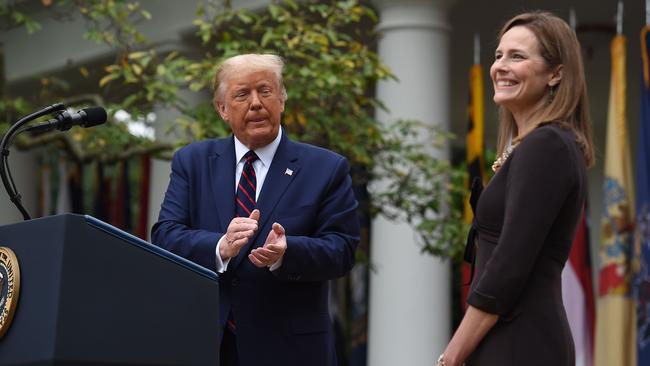
Justice Breyer, 83, appointed by Bill Clinton in 1994, frostily dismissed pressure to step down last year, by Democrats who urgently wanted a fresh – and more progressive – appointment to push back against the court’s increasingly conservative bent.
The court is controversially expected to return abortion rights to the states in a decision later this year, in effect overturning almost 50 years of Roe v Wade, which granted universal abortion rights.
The Democrats have a shrinking window of opportunity to leave a legacy on the bench: until November, if they lose control of the Senate later this year.

Breyer’s retirement could be the last infusion of new talent for many years. Ruth Bader Ginsberg, who died in 2020, served until she was 87. None of the other justices are over 73.
Biden won’t be able to pick too radically, though, given centrist Democrat senators, such as Joe Manchin and Krysten Sinema, who recently torpedoed his Build Back Better and electoral reform bills, will need to be on board.
With the casting vote in the Senate, where the Democrats have only 50 of the 100 seats, the Vice President herself would need to vote to confirm herself as the next justice.
William Taft, president of the US for a single term until 1913, is the only president or vice president so far to go onto serve on the Supreme Court.
“He loathed being president,” Justice Felix Frankfurter once observed, “and being chief justice was all happiness for him.”
Perhaps Ms Harris, who might not be happy with her national reception, is feeling the same.





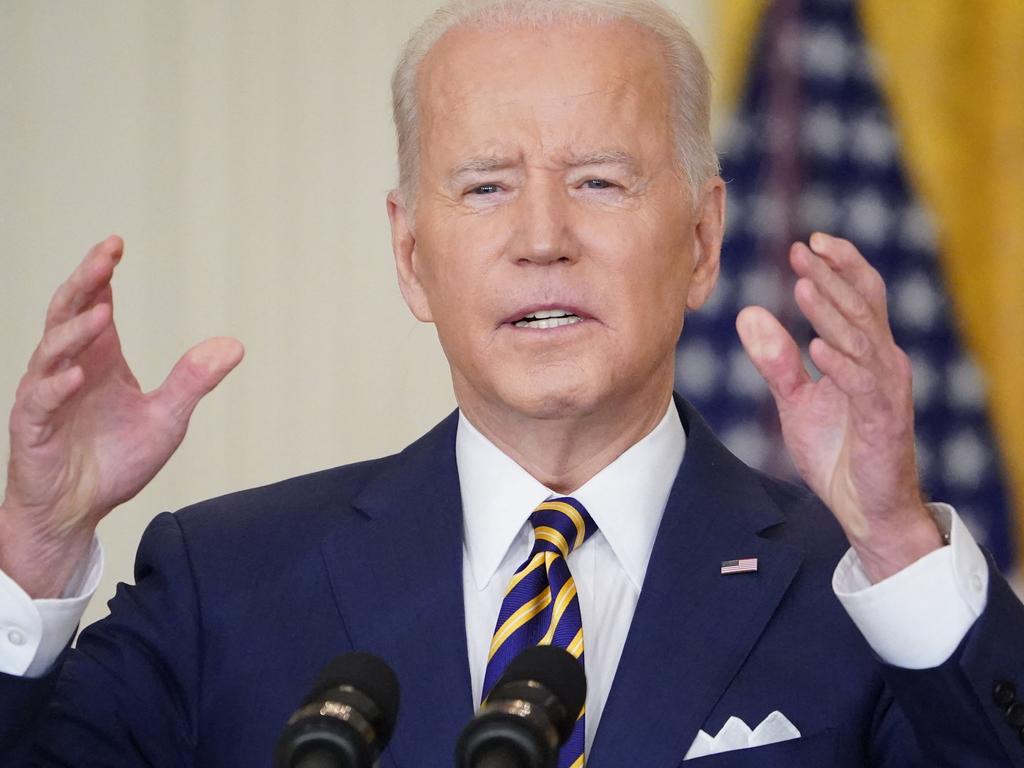
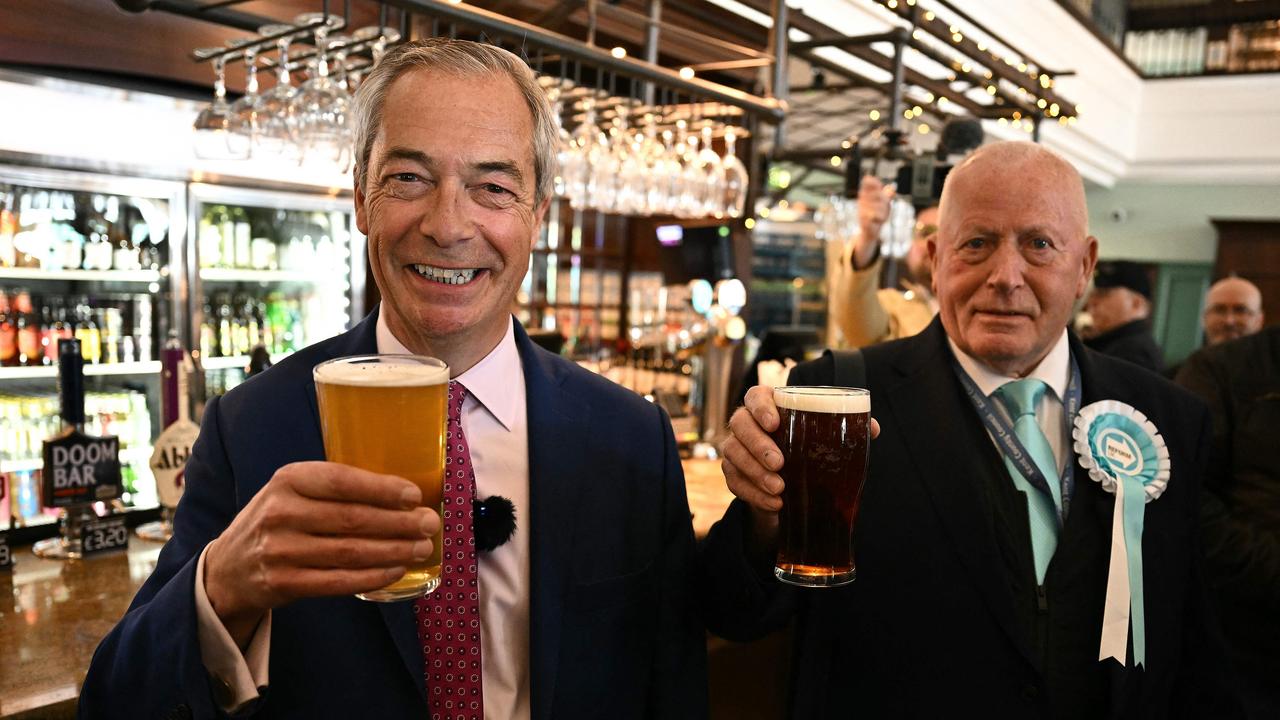
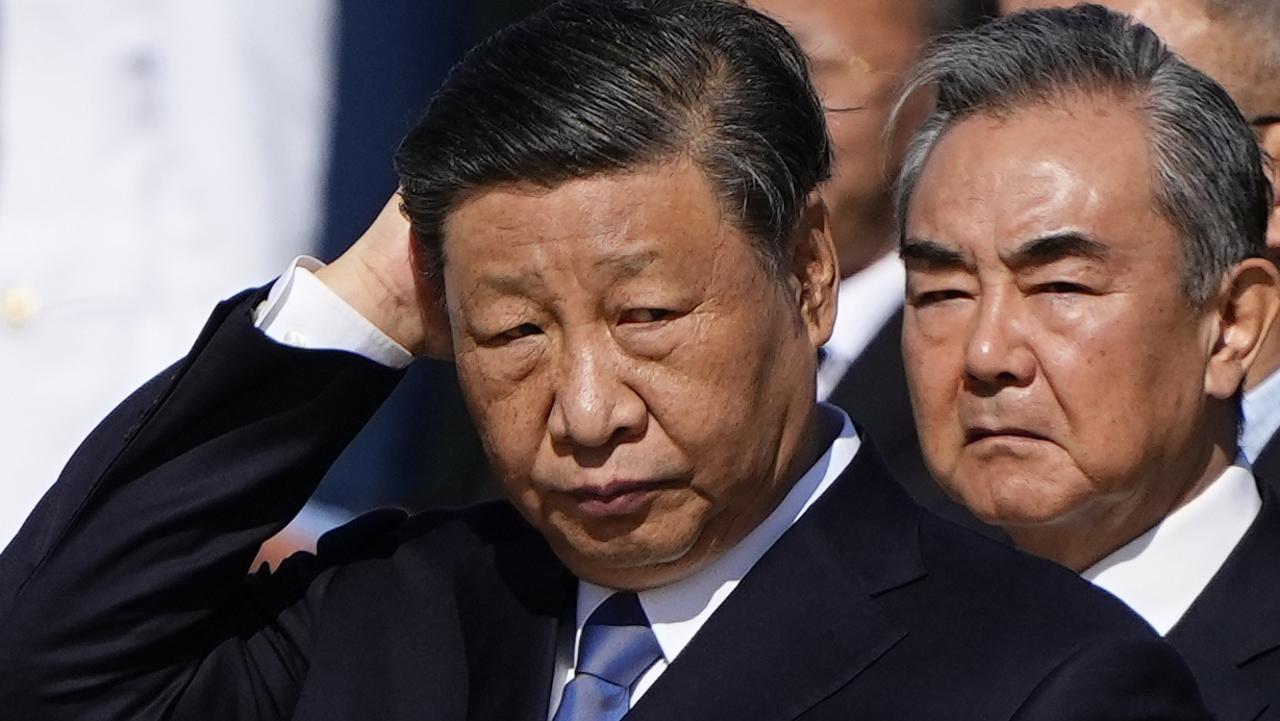
Kamala Harris as Supreme Court Justice?